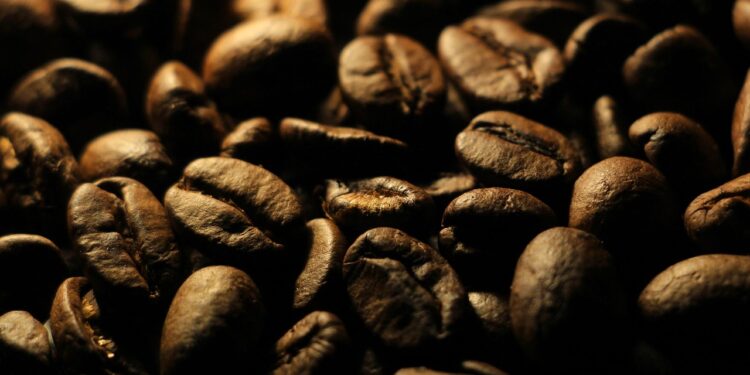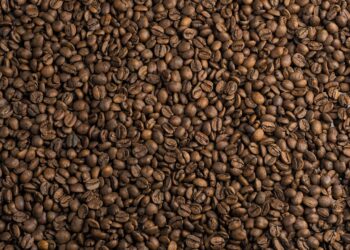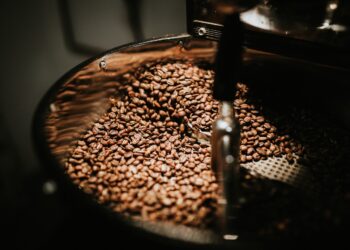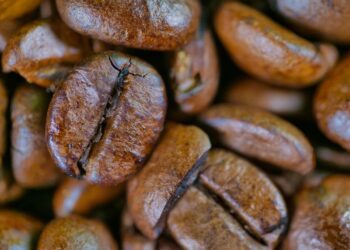Unlocking Aroma: Secrets of Perfectly Roasted Coffee Beans
The perfect cup of coffee is a beautiful balance of flavor and aroma, elevating routine into ritual for millions around the world. Behind every satisfying sip is the art and science of roasting coffee beans, a process that turns green, spongy beans into rich, aromatic brown beans. This article unveils the secrets behind perfectly roasting coffee beans, helping you enhance your brewing experience.
Understanding Coffee Bean Roasting
Roasting coffee is crucial because it transforms the chemical and physical characteristics of green coffee beans into roasted coffee products. The roasting process triggers a chemical reaction, as the intense heat breaks down starch into simple sugars, resulting in brown colors and the characteristic aroma and flavor coffee lovers crave.
Why Roast Coffee Beans?
Freshly roasted coffee beans are not just about indulging in a beverage; they represent a culmination of flavor, aroma, and body that can only be achieved through roasting. This process is essential to develop each bean’s potential, turning the raw properties into the bold and complex profiles we love.
Key Factors Influencing Coffee Roasting
Several factors play critical roles in the success of coffee roasting:
1. Temperature and Time
Roasting beans at about 200°C to 230°C for anywhere between 7 to 20 minutes is typical. However, the perfect roast is a precise balance between temperature and time. Under-roasted beans lack flavor development, while over-roasted beans can taste bitter and burnt.
2. Roasting Method
The method of roasting can vary widely. Drum roasters, hot-air, or fluid bed roasters are the most commonly used. Each technique can affect the roast profile, taste, and aroma of the coffee.
3. Cooling Process
Immediately cooling the beans after roasting is crucial to stop the cooking process. Air cooling and water quenching are popular methods, each impacting the bean’s final moisture content and shelf life.
Types of Coffee Roasts Explained
Roasted coffee beans range widely in flavor, color, and body depending on the roasting degrees:
1. Light Roast
Light brown in color, this roast is generally preferred for milder coffee varieties. The beans are roasted for a shorter time to preserve the unique characteristics of the coffee.
2. Medium Roast
Medium roasted coffee offers more body than light roasts and is darker in color. It strikes a good balance between the bean’s inherent flavors and the flavors created by the roasting process.
3. Dark Roast
Dark roasts produce shiny black beans with an oily surface and a pronounced bitterness. The longer roasting times create a stronger flavor but can overshadow the original characteristics of the beans.
Commonly Asked Questions About Coffee Roasting
Coffee enthusiasts often have queries regarding the roasting process. Here are a few:
How Fresh Should Roasted Coffee Beans Be Once Consumed?
Ideally, coffee should be consumed within a few weeks of roasting. Freshly roasted coffee can degas or release carbon dioxide for a few days after roasting, which can affect the flavor of your coffee.
Can I Roast Coffee Beans at Home?
Yes, you can roast coffee beans at home using tools as simple as a frying pan, though home roasting machines are also available. This process allows you to experiment and customize the flavor to your preference.
How Do I Store Roasted Coffee Beans?
To preserve your beans’ fresh roasted flavor as long as possible, store them in an opaque, air-tight container at room temperature. Coffee beans are porous and will also absorb moisture and different flavors from the air around them.
Experimenting with Coffee Roasting
Whether you’re a seasoned barista or a home coffee brewer, experimenting with different roasting times and temperatures can lead to discoveries of new flavor profiles. Mastering the craft of coffee roasting not only enhances your brewing skills but also deepens your appreciation for the complex and comforting world of coffee.
Conclusion
Unlocking the secrets of perfectly roasted coffee beans is an enriching journey. It’s a blend of art, science, patience, and passion. By understanding the intricacies of coffee roasting, you not only refine your palate but also ensure that every cup you brew is as delightful as the last. This guide aims to help you explore the transformative process of coffee roasting and help you achieve the perfect cup, something that starts not with brewing but with mastering the art of the roast.





